This article is the first part of the Iranian supreme leader “Ali Khamenei’s Economic Empire,” a series of posts that explore the real scope of national resources seized by Khamenei-affiliated companies when the country is in severe need to counter natural and manmade crises like the novel coronavirus.
Amidst the coronavirus crisis, Iranian supreme leader Ali Khamenei declared his intention for turning the health crisis into an opportunity. In this context, he adopted a “herd immunity” policy, leading to mass casualties among citizens. In the past months, the Iranian people have endured additional suffering due to the COVID-19 outbreak. However, the government’s mismanagement prompted citizens—and even Khamenei’s allies—to raise questions about some topics that had remained under wraps for 41 years.
June 27– Ali Khamenei blamed “some people & officials” for taking the circumstances “too lightly,” & criticized “some people who thought #COVID19 had come to an end.”
“#Coronavirus isn't a major issue… This will not last so long”– Khamenei on March 3.pic.twitter.com/jjWB1Vv3iH— IranNewsUpdate (@IranNewsUpdate1) June 28, 2020
In this respect, Khamenei’s involvement in corruption and suppression has fueled public anger. The Revolutionary Guards (IRGC) is the leading instrument of the supreme leader to implement his goals. These issues have drastically affected Khamenei’s reputation among his loyalists, while both his opponents and proponents pointed to him as a major reason for the country’s troubles.
Since 2018, the Iranian people have experienced the rulers’ incompetence with their flesh and blood. In the past two years, many Iranians have lost their lives due to natural and manmade disasters in which Khamenei and the IRGC were involved, directly or indirectly.
Given its profiteering dam-building projects, the IRGC and specifically its industrial arm known as the Khatam al-Anbiya Construction Headquarters have diverted the path of many rivers, leading to drought, land subsidence, and flash floods. Many citizens in the metropolitans of Shiraz, Fars province, Khorramabad, Lorestan province, Ahvaz, Khuzestan province, and hundreds of towns, counties, and villages have paid the price of the IRGC’s projects with their lives and properties.
In November 2019, Iranian authorities committed an unprecedented crime against humanity. To quell social protests, they used helicopters, tanks, armored vehicles, snipers, and heavy machineguns, leading to the death of at least 1,500 protesters. Furthermore, they arrested over 12,000 demonstrators and bystanders and tortured them in jail to make televised confessions. Judicial officials later sentenced and executed protesters based on their torture-tainted admissions.
Summary of Repression and Human Rights Violations in Iran – July 2020
In January 2020, the IRGC downed a Ukrainian commercial airliner with all 176 passengers and crew on board. IRGC commanders and the head of Iran’s Civil Aviation Organization Ali Abedzadeh immediately denied the armed forces’ role in the incident. However, undeniable evidence compelled the authorities to admit to the IRGC’s role in the crime.
On January 11, chief of IRGC Aerospace Force Amir-Ali Hajizadeh admitted that an IRGC anti-aircraft system had downed the Ukrainian civil airliner. “It was a human error,” Hajizadeh downplayed the crime to evade responsibility. No official resigned, and for killing 176 innocent people.
In response, many students and citizens flooded onto the streets to express their fury against three days of secrecy. In their slogans, students directly addressed Khamenei, former chief of the IRGC Quds Force Qassem Soleimani—killed in a U.S. drone attack in Baghdad on January 3—and the entire IRGC. “IRGC, you are our ISIS,” “IRGC, shame on you, let go of our country,” “Soleimani was a murderer, his leader is also a murderer,” “Commander-in-chief [Khamenei], resign, resign,” students chanted in their protests.
Additionally, Iranian authorities left millions of people without proper health items and equipment—particularly the poor that constitute 80 percent of the population—amid the coronavirus outbreak. It was a silent crime, but bloodier than the regime’s bloodsheds. Regarding Khamenei’s multi-billion trade, he could have allocate the lion’s share of his wealthy trade to citizens affected by the health crisis.
However, he refused and merely accepted to give €1 billion to the Health Ministry from the National Development Fund, not his own capital. In fact, he donated only a bit of money to the Health Ministry from the people’s pockets. Nonetheless, after several months, Heath Minister Saeed Namaki announced that he did not receive the allocated budget, rather they got just 30 percent. “On behalf of my colleagues, I announce that we no longer pursue the [€1-billion] budget, and we will work for free due to the [state’s] sensitive conditions,” Namaki finally said and let go of the budget.
Khamenei, President Hassan Rouhani, and Foreign Minister Mohammad Javad Zarif intentionally have left the people without any supportive or financial relief to gain political privileges. They attributed the country’s troubles to U.S. sanctions while food and medicine were never sanctioned, according to former Foreign Ministry Spokesperson Abbas Mousavi on February 3.
They also tried to save their survival in power versus “social whirlwinds” through human shields and entrenching hundreds of thousands of lifeless bodies. One might deny this topic. In this context, inspecting the massive wealth of Khamenei, his affiliated financial institutions, and IRGC subsidiaries would be worthy.
These institutions and holdings that constitute Khamenei’s economic empire are as follow:

- The Execution of Imam Khomeini’s Order (EIKO), Executive Headquarters of Imam’s Directive, or simply Setad [headquarters in Persian]. The EIKO possesses seven holdings, a financial foundation, an industrial park for pharmacology, and an organization that calculates the Setad’s properties. Seven years ago, an estimation revealed that this institution’s collect capital stood at over $95 billion at the time.
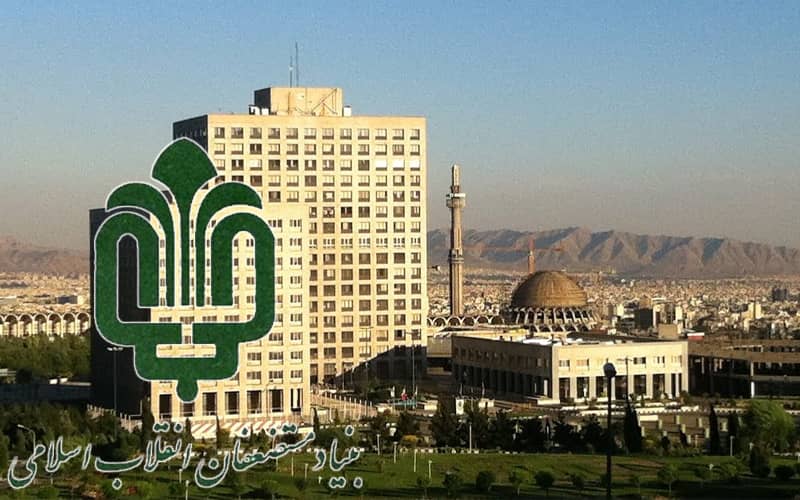
- MostazafanFoundation, or Bonyad-e Mostazafan Va Janbazan, or simply Bonyad [foundation in Persian]. According to official reports, the Bonyad’s properties are valued at more than $21 billion, including ten holdings, a bank, and many economical companies and firms. They are under the direct supervision of Khamenei’s staff.
On August 9, head of #Mostazafan [deprived] Foundation #ParvizFattah criticized individuals & entities, including former presidents, Khamenei's advisor, & #IRGC, for illegal seizure of public property.
However, this "anti-corruption" figure retracted his remarks 10 days later. pic.twitter.com/C7962oWWBi— IranNewsUpdate (@IranNewsUpdate1) August 19, 2020
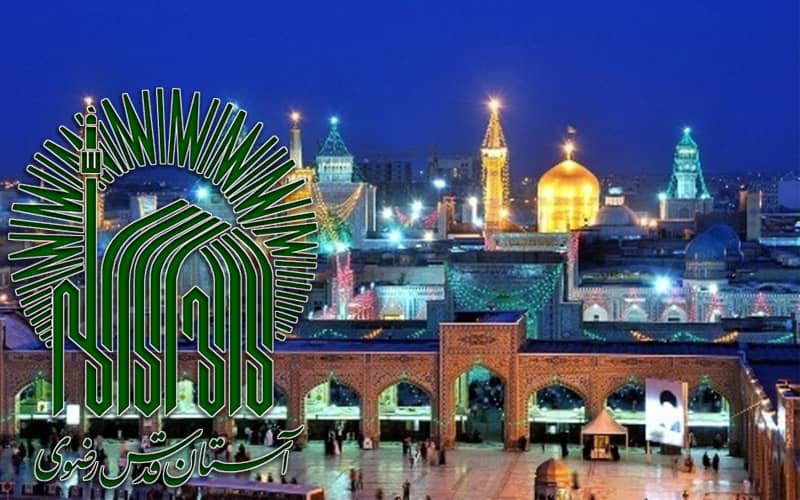
- Astan-e Quds Razavi is a giant economic institution that includes eight holdings and five grate companies. Astan-e Quds subsidiaries are active in different financial and commercial fields such as construction, automaker, pharmacology, agriculture, livestock farms, foodstuffs, communication technology, mines, oil, and petrochemicals.
The value of its endowment lands is estimated at around $20 billion. Exploiting this precious treasury, Astan-e Quds receives monthly rents from 300,000 tenants across the country.
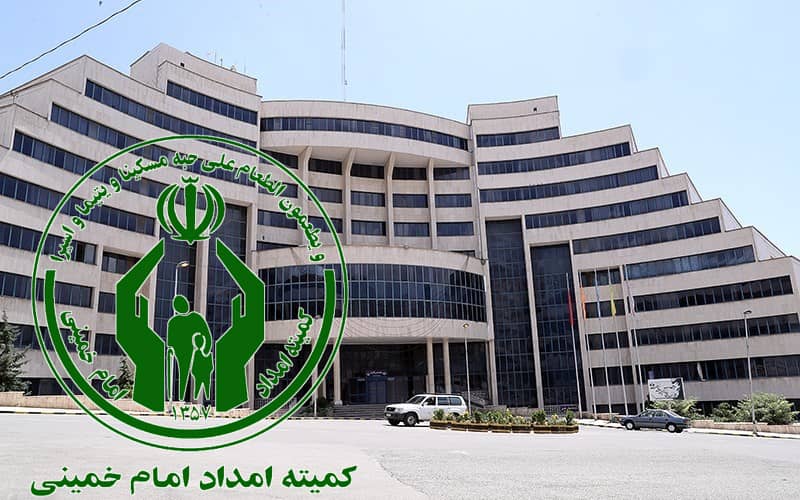
- Imam Khomeini Relief Foundation or simply Komite-e Emdad [charity committee in Persian]. According to a 2016 estimation, this “charitable body” had collected nearly $135 million through the people’s endowment and charities. Komite-e Emdad has four active holdings leading different projects in various sectors like housing, agriculture, foodstuffs, mines, business, and investment. This institute possesses 2,700 acters and its facilities are in different provinces.
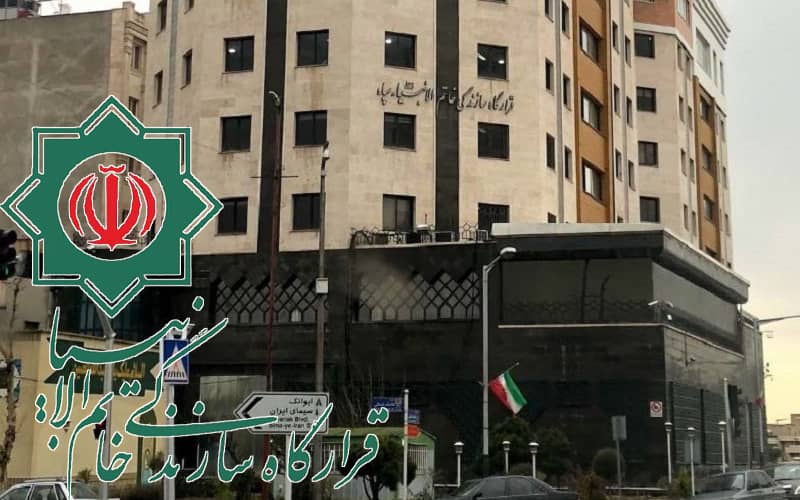
Khatam al-Anbiya Construction Headquarters - Khatam al-Anbiya Construction Headquarters or simply Gharargah-e Khatam [Khatam base in Persian] includes at least 12 large companies and firms. This institution is the IRGC’s economic arm. In this context, the real wealth of Gharargah-e Khatam has remained a secret. The base is the primary contractor for large government projects in different areas, including water-distributing, oil, tunnel-building, dam-building, railway, and constructing wharves.
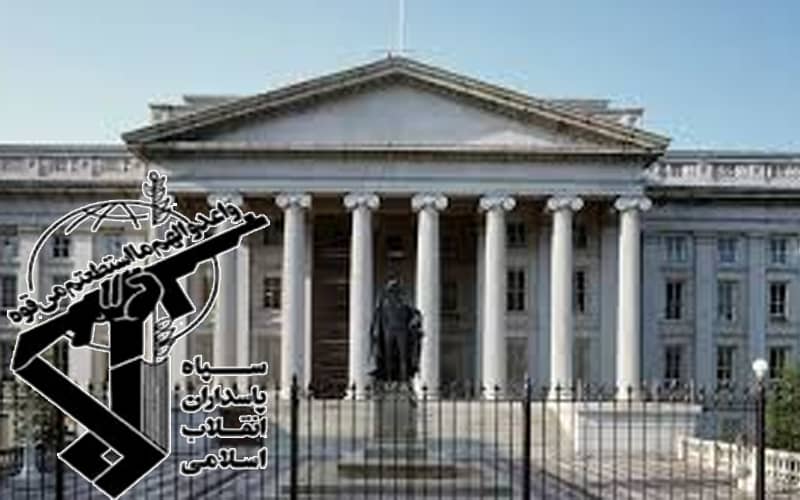
IRGC Cooperative Foundation - IRGC Cooperative Foundation or Bonyad-e Ta’avoni-e Sepahin Persian is under the supreme leader’s direct supervision, according to article 10th of the foundation’s statute. This financial institution is active in the banking system, financial market, automaker industry, communication, oil, and gas fields.
Samen al-Aemmeh Credit Institution is one of this foundation’s subsidiaries. Up to December 2009, Samen al-Aemmeh had offered $43 billion amenities to clients and gained the highest privileges in the deposit term.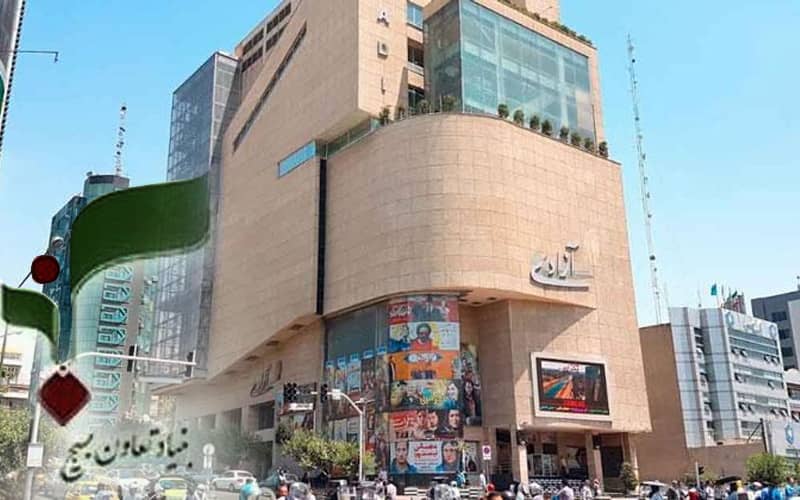
Basij Cooperative Foundation
- Basij Cooperative Foundation or Bonyad-e Ta’avoni-e Basijin Persian possesses several holdings, two banks, and a significant number of companies. Its subsidiaries have activities in different sectors such as finance, steelmaking, construction, tractor-making, exports, imports, and mines.
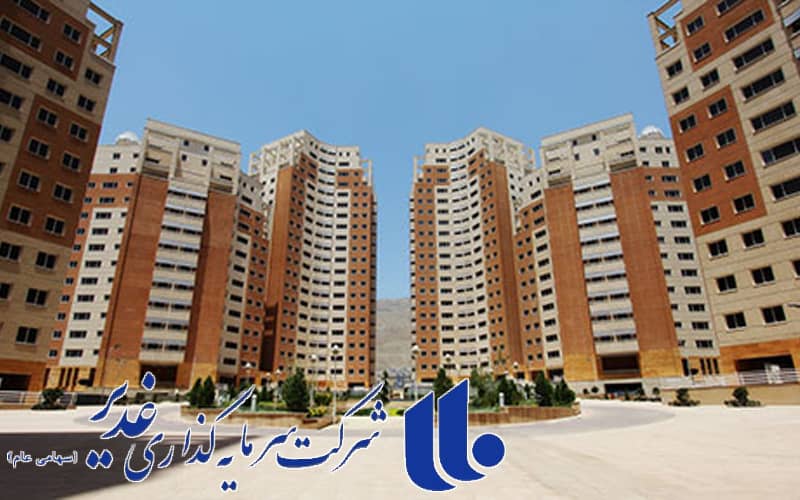
Ghadir Investment Company - Ghadir Investment Company or Sherkat-e Sarmayehgozari-e Ghadirin Persian. This company is affiliated to the Social Security Organization on paper. However, in practice, it is under the thumb of Khamenei’s office. Ghadir Company’s properties include seven active holdings in naval, transmission, industry and mines, finance and commerce, electricity and energy, oil and gas, petrochemical, construction, and cement-making fields.
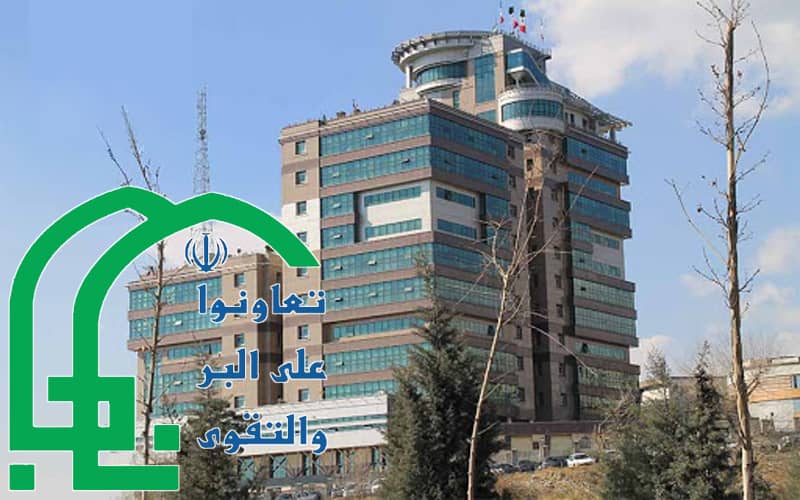
State Security Forces (SSF) Cooperative Foundation - State Security Forces (SSF) Cooperative Foundation or Bonyad-e Ta’avoni-e NAJA in Persian. As its name implies, this foundation belongs to the SSF. However, the administration has no supervision on its function and is controlled by Khamenei’s office. Currently, Bonyad-e Ta’avoni-e NAJA possesses 11 companies and institutions. During the 2015 political rivalries, Iranian media outlets revealed that this foundation had stolen millions of dollars. Following the scandal, the then-SSF chief Ismail Ahmadi-Moghaddam resigned as the head of this foundation’s managing board.
Furthermore, Khamenei earns billions of dollars through advertisement and film-making companies. The Islamic Republic of Iran Broadcasting Organization (IRIB) or Seda Va Sima-ye Melli [national media in Persian] is controlled by the supreme leader’s staff, and Khamenei appoints its head. This organization aired each second advertising media for tens of thousands of dollars.
Tooska company—that is also affiliated to Khamenei’s office—has monopolized producing, selling, and airing advertisements. “The advertising issues in the ‘national media’ are allocated to the Tooska company. The IRIB should pay a forfeit if it broadcasted any type of commercial ads without the Tooska’s permission,” IRIB head Abdulali Ali-Asgari revealed on March 29.
In the following pieces, you can obtain more details about the mentioned institutions, which shape Khamenei’s legendary pillars of wealth.





